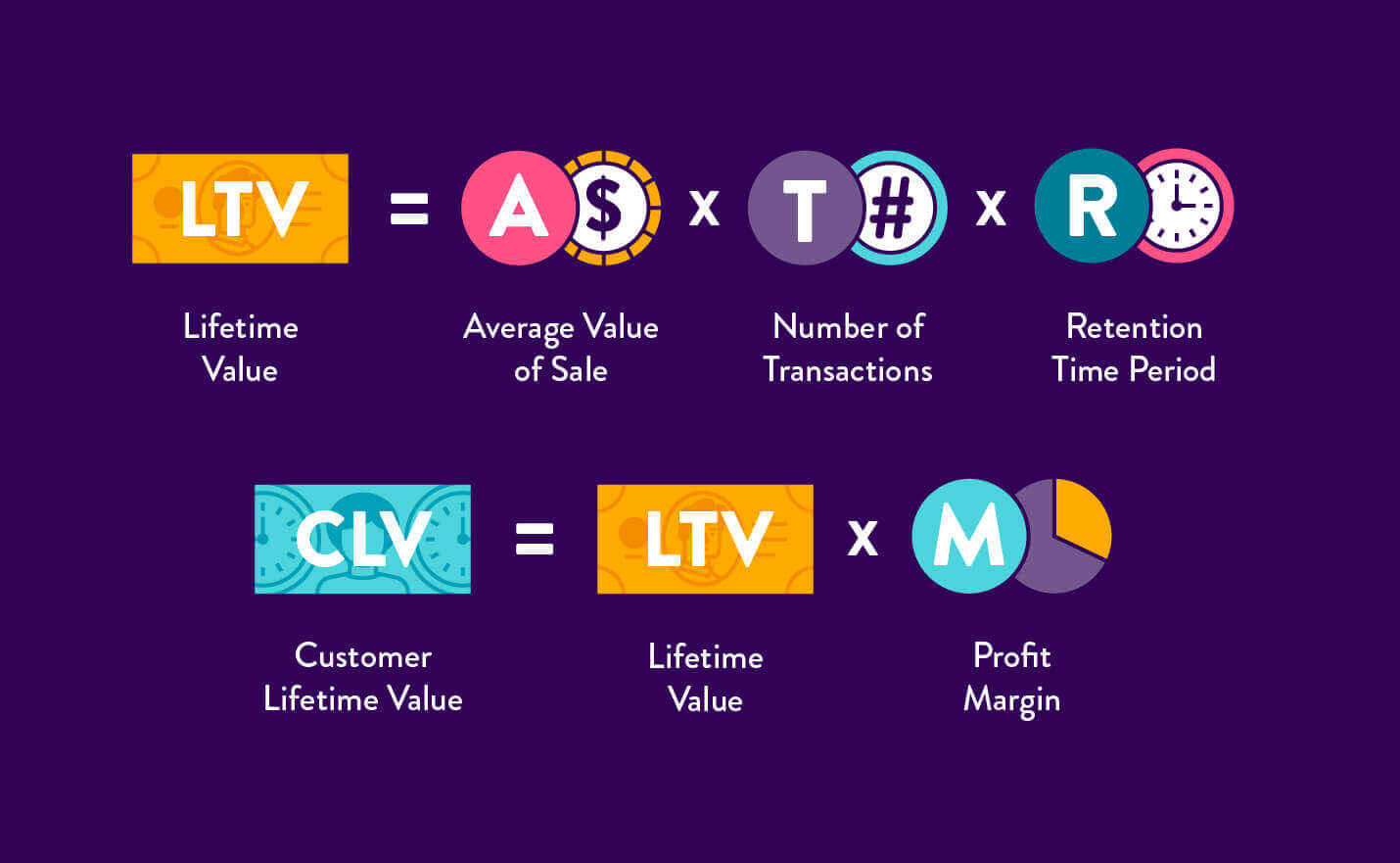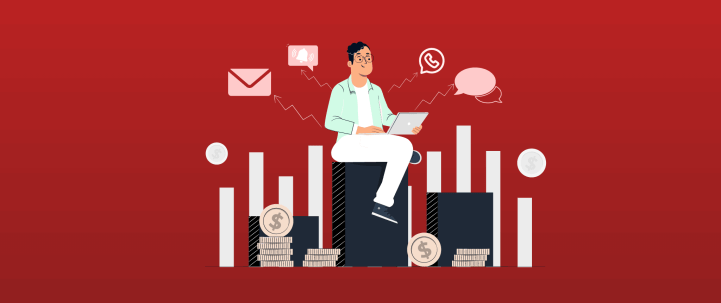Nearly 50% of European and North American ecommerce decision-makers agree that omnichannel marketing automation was essential for business growth in 2021. With the global marketing automation sector reaching US$ 15.6 billion in 2019—and being estimated to grow to US$25.1 billion by 2023—this is a marketing trend that cannot be ignored.
Besides traditional marketing avenues of in-store interactions, print media, direct mail, and radio, today’s consumers interact with businesses on multiple levels. From websites, apps, and online and in-person events to mobile advertisements, social media, and television, marketing has become an interlinked system of intentional and unintentional communication between businesses and their consumers.
Omnichannel marketing serves to drive this web of communication channels to operate cohesively. It’s a simple system that ensures all channels operate coherently and consistently—to support a unified marketing message while maximizing meaningful consumer interaction.
The aspects outlined below highlight how omnichannel marketing automation can help B2C companies create a seamless brand experience across user interactions, regardless of when and where they choose to engage. Prioritizing the integration of these strategies into your brand marketing model can significantly boost community growth, with revenue following closely behind.
1. Omnichannel Marketing Automation Personalizes the Buyer’s Journey
With one-size-fits-all traditional marketing strategies proving less effective with younger consumer generations, the personalization features of omnichannel marketing automation play an integral role in building trust and engaging prospects.
Omnichannel marketing allows you to connect with users based on their interests and engagement on different channels. For example, the Black Friday holiday deals app needs to communicate with over 11 million users about products and deals from over 200 merchants. Personalizing communication to such an extent may seem impossible, yet Black Friday sends automated push notification campaigns triggered by real-time individual user activity. The result? A 10% increase in app engagement and an increase in the time users spend on the app.
Akseleran is another example of personalizing marketing’s impact. Akseleran is a lending startup that aims to lend funds to SMEs through three-or-four-month campaigns. By personalizing campaigns to inform users about auto-lending features and bypassing manual lending processes, they can educate users who haven’t engaged in investment opportunities due to time constraints. As a result, they saw a 14% boost in their retention rate, which lowered the overall number of non-transacting users in the first month.
Omnichannel marketing has become key to personalizing the ecommerce customer journey — from initially being introduced to a brand or product to building trust, driving purchases, and ongoing engagement. Let’s face it, this level of personalization would never be possible with a time-consuming manual process.
2. It Reduces Cost and Time
Investing in an automated solution reduces the costs and time required for effective marketing. Since campaigns run automatically, marketing and management departments can improve efficiency and dedicate more time to other critical business aspects. No more manual processes and multiple tools to manage omnichannel communication.
Take BharatPe, for example. With over six million active users, BharatPe enables small businesses to accept payments from clients via QR code. Their marketing task load required a complete engagement solution to anticipate consumer needs, segment users, and attract them with customized contextual messages.
BharatPe has scaled its engagement considerably from seasonal campaigns only to 20 campaigns daily by integrating omnichannel marketing automation. Since it is unprofitable and trivial to blast notifications to the entire user base of six million merchants, their team can strategically segment users to engage with impactful, personalized messages. In addition to segmentation, incorporating analytics and funnels has led to doubling their push notification click-through rate.
An omnichannel marketing automation platform allows marketers to dedicate their budget to the most profitable channels, target audiences, campaigns, and touchpoints while maximizing their return on advertising spend.
Lean how Lenskart scaled Omnichannel marketing automation using CleverTap
3. Marketing Automation Provides Useful Analytics and Data
Without analytics and data, marketing becomes a guessing game lacking strategic direction—a recipe for inefficient budget and resource allocation. The most effective B2C marketing systems center around data analytics functions that can effectively be employed to make smarter decisions and optimize marketing operations.
Through marketing automation, businesses can measure performance, monitor campaigns, and offer real-time statistics to guide on-point engagement at the right time through the most appropriate channel. Essentially, this allows you to spend a great deal of your marketing budget on prospects who are purchase-ready, increasing profitability.
For example, one of India’s leading banks increased app and website traffic generated from in-app campaigns—from 1% to 25%—by adopting a single combined platform for analytics and engagement management. Leveraging information about user behavior, patterns, and trends to improve strategic campaigns with more intentional delivery times led to a four-fold increase in users.
4. …and Customer Lifetime Value
Regardless of how customers interact with a brand, they desire a unique, personalized experience. In a hyperconnected world where it’s easy to fall through the cracks, turning first-time buyers into loyal customers requires a personal touch that shows you recognize them as individuals rather than just numbers.

How to calculate customer lifetime value
Omnichannel personalization has shown 90% higher customer retention rates than single-channel strategies. With such an impact, there’s no doubt that omnichannel marketing automation is one of the key components to building a long-term loyal client base.
The high-quality diamond jewelry brand BlueStone is a prime example of this. BlueStone adopted omnichannel marketing automation to expand the business. They didn’t only want to increase revenue short-term, but to also grow their base of return customers. By executing omnichannel retargeting and product recommendation campaigns for users who had either shown interest online or in-store, they boosted conversion rates by 32% and improved repeat visits by 8%. In addition, product recommendation campaigns led to an 18% revenue growth!
Want to Leverage Omnichannel Marketing? Talk to Us
To build an effective omnichannel strategy, brands need to connect with customers on all touchpoints—including, but not limited to, mobile apps, social media, websites, digital ads, chatbot platforms, and points of sale. Achieving the best from these touchpoints will require a consistent, on-point, personalized customer experience. Thanks to automation, brands can now create tailored experiences across all touchpoints at scale.
CleverTap’s all-in-one platform integrates top analytics, segmentation, and engagement tools to enable you to build long-term customer relationships.
With automated segmentation using RFM analysis (recency, frequency, and monetary value), you can offer relevant recommendations in real time. Our platform processes thousands of data points from multiple sources, including mobile, apps, in-store POS, digital kiosks, and more. This allows you to build and deliver omnichannel campaigns based on user behavior, location, and lifecycle stage.
With a better customer experience, community and revenue growth will follow. Schedule a CleverTap live product demo today to simplify omnichannel automation for your business.

Subharun Mukherjee 
Heads Cross-Functional Marketing.Expert in SaaS Product Marketing, CX & GTM strategies.
Free Customer Engagement Guides
Join our newsletter for actionable tips and proven strategies to grow your business and engage your customers.















































